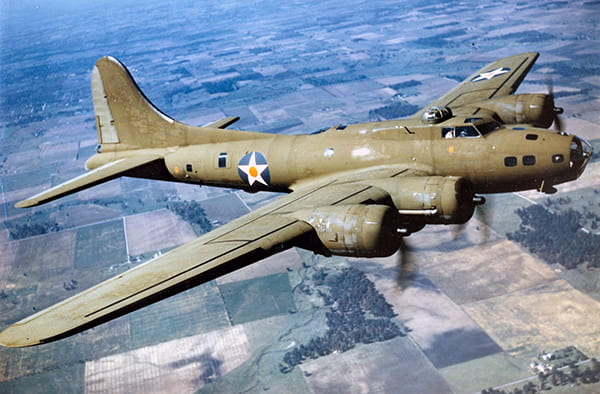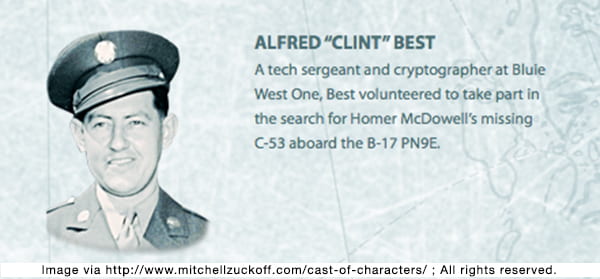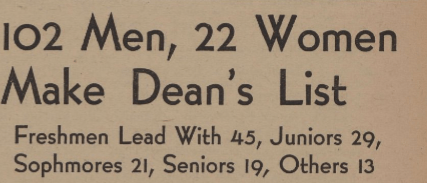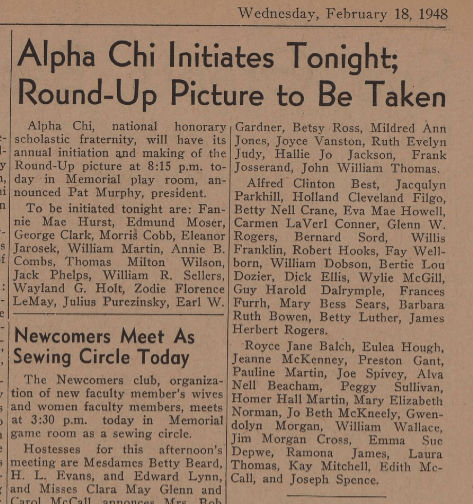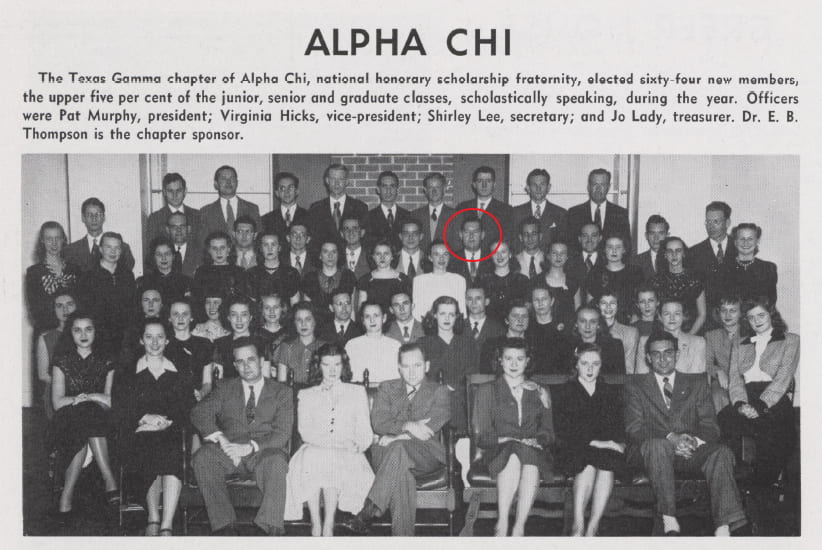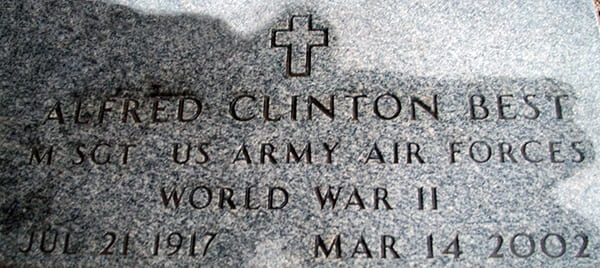If you were to flip to page 40 of the 1948 “Round Up” – Baylor’s annual yearbook – you’d find the entry for senior accounting major Alfred Clinton “Clint” Best. Aside from a notation that he was a member of Alpha Chi and hailed from Waco, you’d have no reason to guess the man with the avuncular face and slicked-down dark hair was a man who spent nearly five months trapped in the punishing landscape of a harsh Greenland winter after the B-17 he was riding in crashed while on a perilous rescue mission to save the crew of a downed military transport plane. His story of survival against very long odds has two happy endings: his physical survival and the achievement of graduating magna cum laude from Baylor University.
A McLennan County Boy’s Nightmare On The Ice Cap
On February 18, 1942, 25-year-old Clint best enlisted in the U.S. Army at Ft. Oglethorpe, Georgia. He rose through the ranks to master sergeant in the Army Air Forces. He was stationed at a remote outpost in Greenland called Bluie West One when word came of a downed U.S. transport plane. A C-53 Skytrooper en route to Europe had crashed on the Greenland ice cap in snowstorm conditions, and volunteers were needed to aid in the search. Best volunteered and joined the crew of a B-17 so new it didn’t have a flashy nickname: it was still referred to by PN9E, its serial number.
During the rescue flight, the B-17 encountered dangerous flying conditions of its own and crashed onto the ice cap. All nine men aboard survived the initial crash, but over the course of the next five months, the men would endure the loss of fellow crew members, deprivations, punishing weather conditions and psychological torment few will ever experience, let alone survive.
The story of these heroes’ time on the ice – and the ensuing search for the remains of yet another downed aircraft related to the search for the C-53 – are detailed in Mitchell Zuckoff’s excellent book, Frozen In Time: An Epic Story of Survival and a Modern Quest for Lost Heroes of World War II. A gripping read from start to finish, it’s only in the closing pages of the epilogue that Best’s ties to Baylor are revealed.
A Hero Comes Home
The story of the downed B-17’s plight would make a minor splash in the worldwide press after the search and rescue mission was complete, but larger stories that broke during the latter years of the war would push it from the headlines. Like so many of his contemporaries at the close of hostilities, Best returned to his hometown and enrolled in Baylor University as an accounting major. He completed his coursework and walked the stage with the rest of the class of 1948.
Befitting his humble nature, it is difficult to find traces of Best in the digital collections materials related to his years at Baylor, aside from his photo in the 1948 yearbook as a member of Alpha Chi and finding his name in a list of Dean’s List honorees printed in the Lariat. Best apparently passed through Baylor without earning any press coverage for his experiences in the war. He went on to have a 35-year career at Dow Chemical and was active in his community. He died in 2002 and was buried in Waco’s Oakwood Cemetery.
To learn more about Best’s experiences in Greenland, check out Zuckoff’s Frozen In Time. It is an excellently written and researched account of the harrowing experiences these American heroes experienced during five months trapped in a frozen hellscape that one rescuer described as a “mother that eats its children.” Given the very low probability of surviving a single day, let alone hundreds, Best’s triumph and eventual graduation from Baylor is a story of epic proportions, and Zuckoff tells it extremely well.
To order Zuckoff’s book, visit Amazon.com. Read a report on the Greenland rescues from the U.S. Coast Guard here. See more digital collections at the Baylor University Libraries Digital Collections site. Questions? Comments? Leave them below, or email digitalcollectionsinfo[at]baylor[dot]edu.

